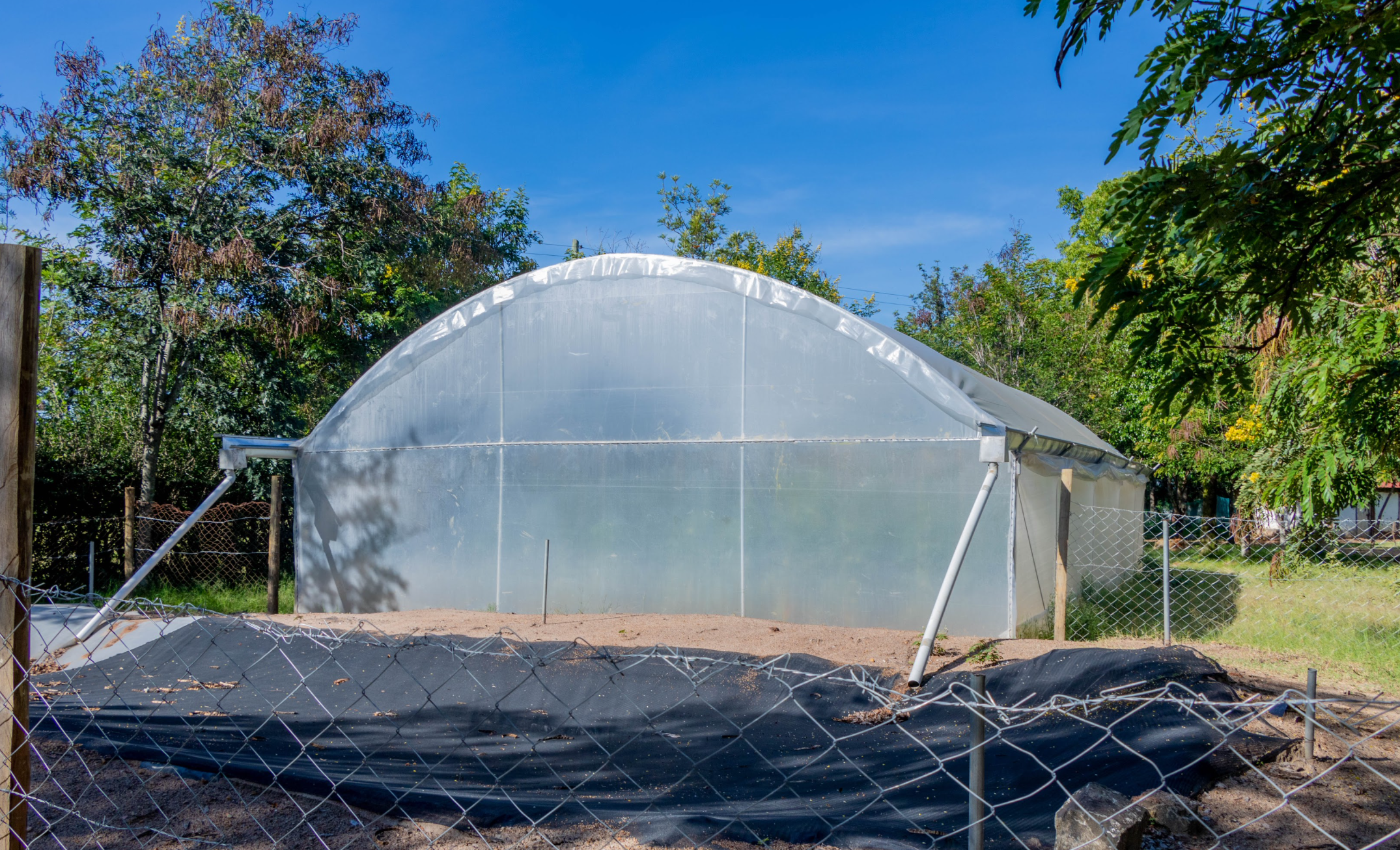Effective Strategies for Greenhouse Pest and Disease Control
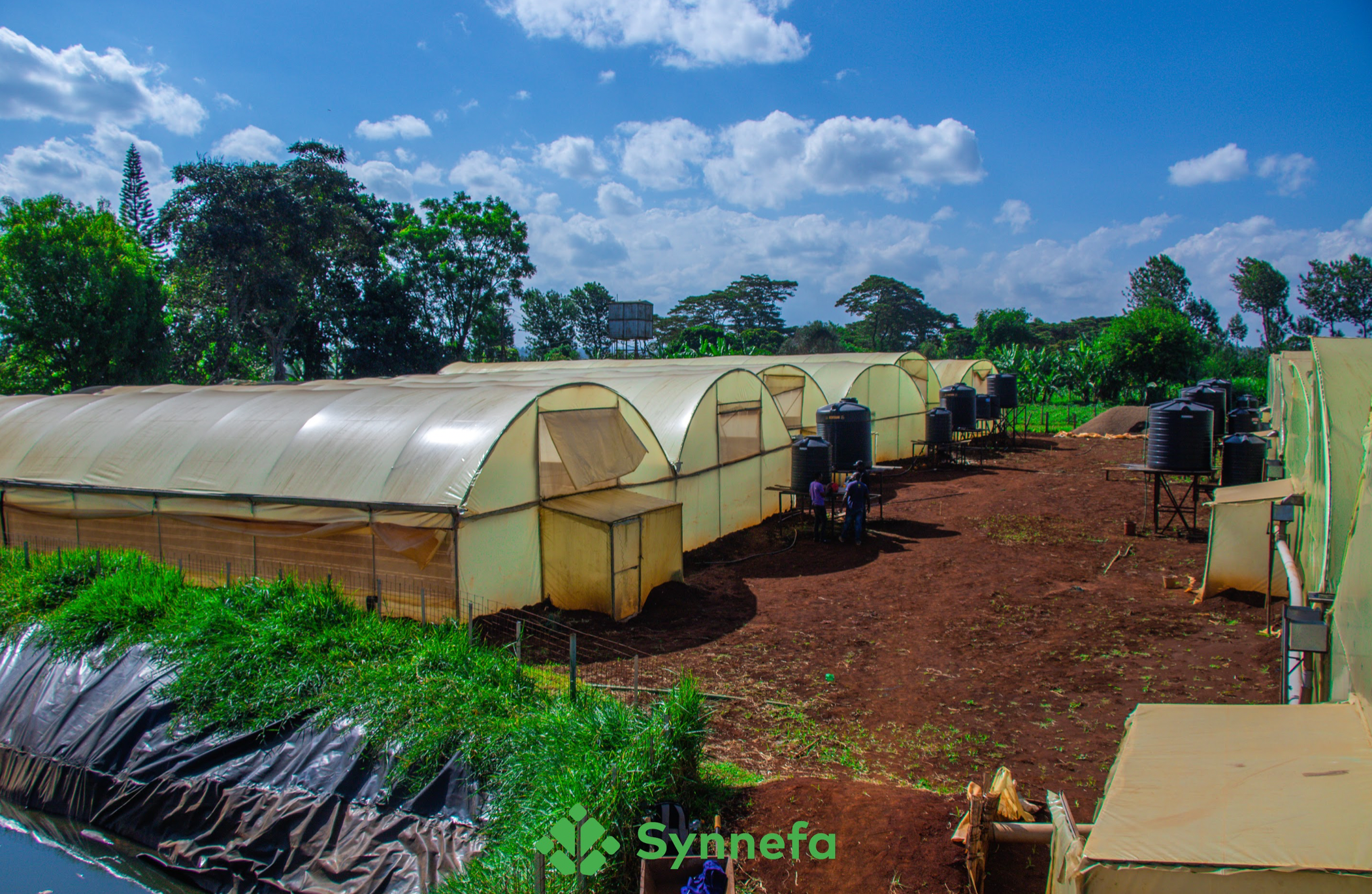
Greenhouses offer a controlled environment for growing crops, but they can also create ideal conditions for pests and diseases to thrive. When left unchecked, these infestations can lead to reduced yields and even crop failure. However, with the right strategies in place, greenhouse growers can effectively control pests and diseases to ensure a healthy and productive crop.
Strategies to Control Pests and Diseases
1. Prevention
Preventing pests and diseases from entering your greenhouse is the first step in maintaining a healthy crop. Before introducing any plants, inspect them for signs of infestation, such as discoloration, stunted growth, or webs. Quarantine any suspect plants until they can be treated or disposed of. Keeping the greenhouse clean and well-ventilated can also help prevent pest and disease buildup.
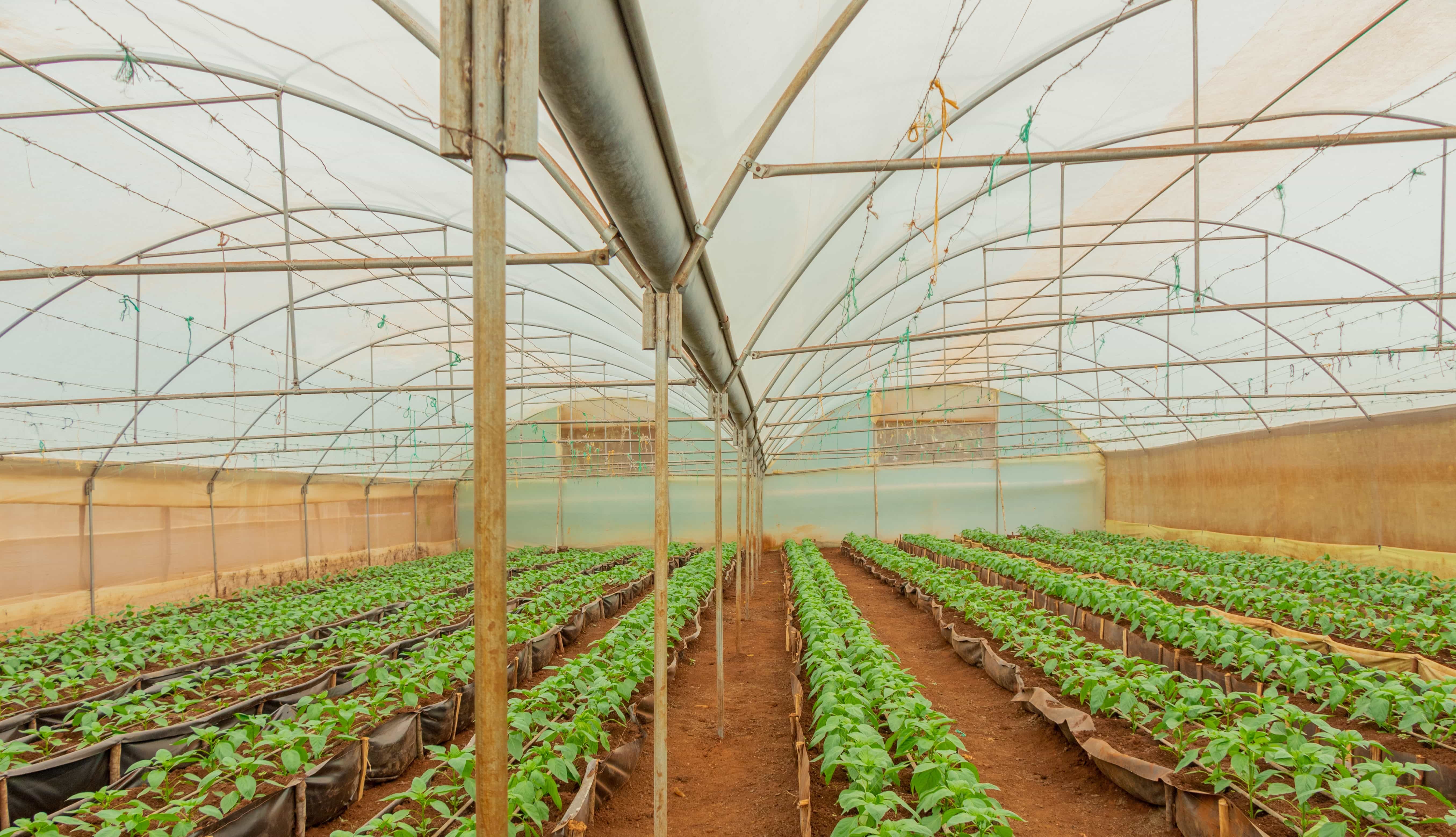
Keeping the greenhouse clean keeps off pests
2. Biological Controls
Biological controls are an environmentally-friendly and effective method of controlling pests and diseases in the greenhouse. Beneficial insects, such as ladybugs and lacewings, can be used to control aphids, while predatory mites can be used to control spider mites. Parasitic nematodes are also effective at controlling soil-borne pests, such as root-knot nematodes. These natural predators can be purchased from biological control companies and released into the greenhouse.
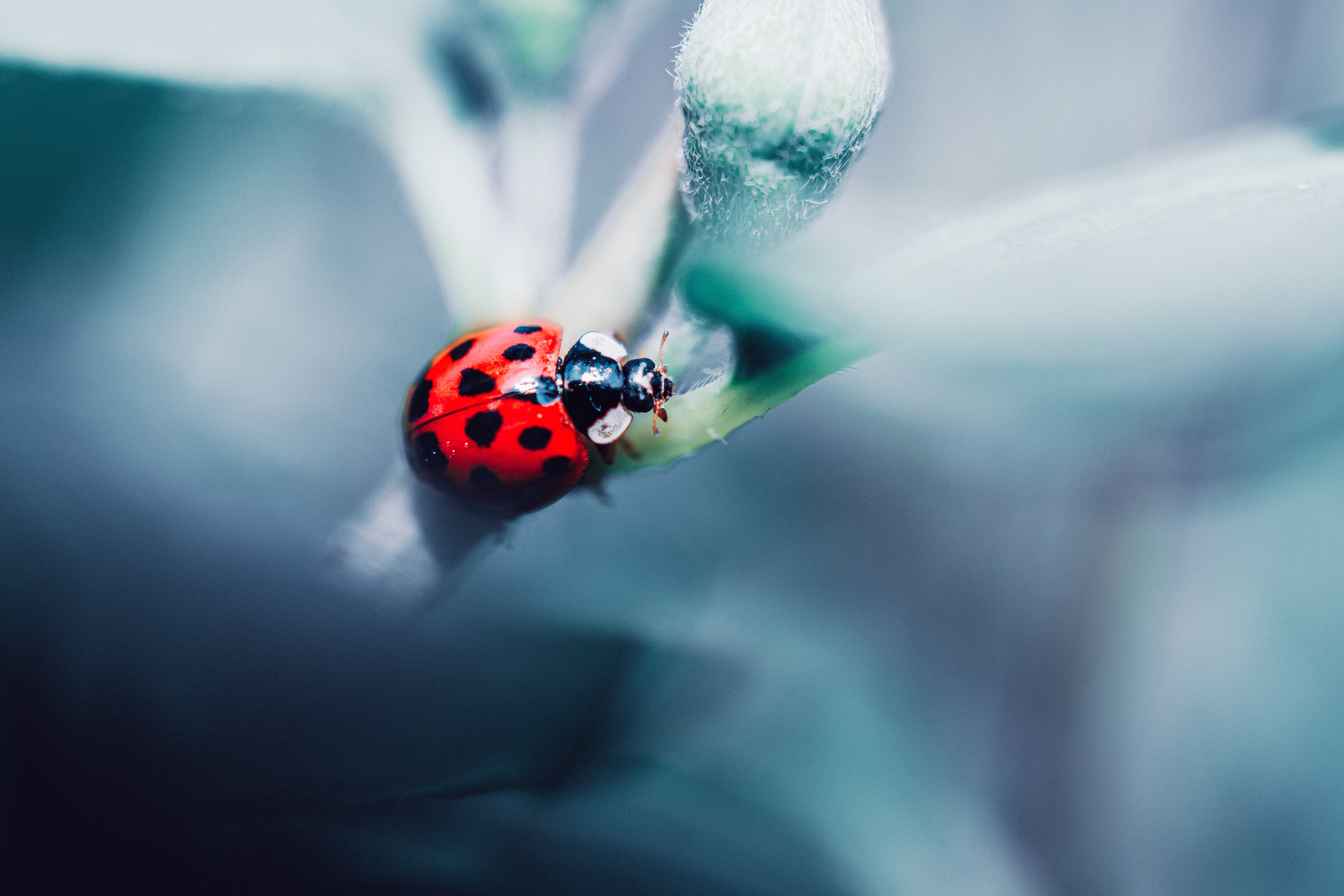
Ladybugs can be used to control aphids
Cultural Practices
Cultural practices can help prevent the buildup of pests and diseases in the greenhouse. Crop rotation can prevent soil-borne diseases from infecting the same crop year after year. Disinfecting tools and equipment can prevent the spread of disease from plant to plant. Reflective mulch can also help deter pests by confusing them with the reflection of light.
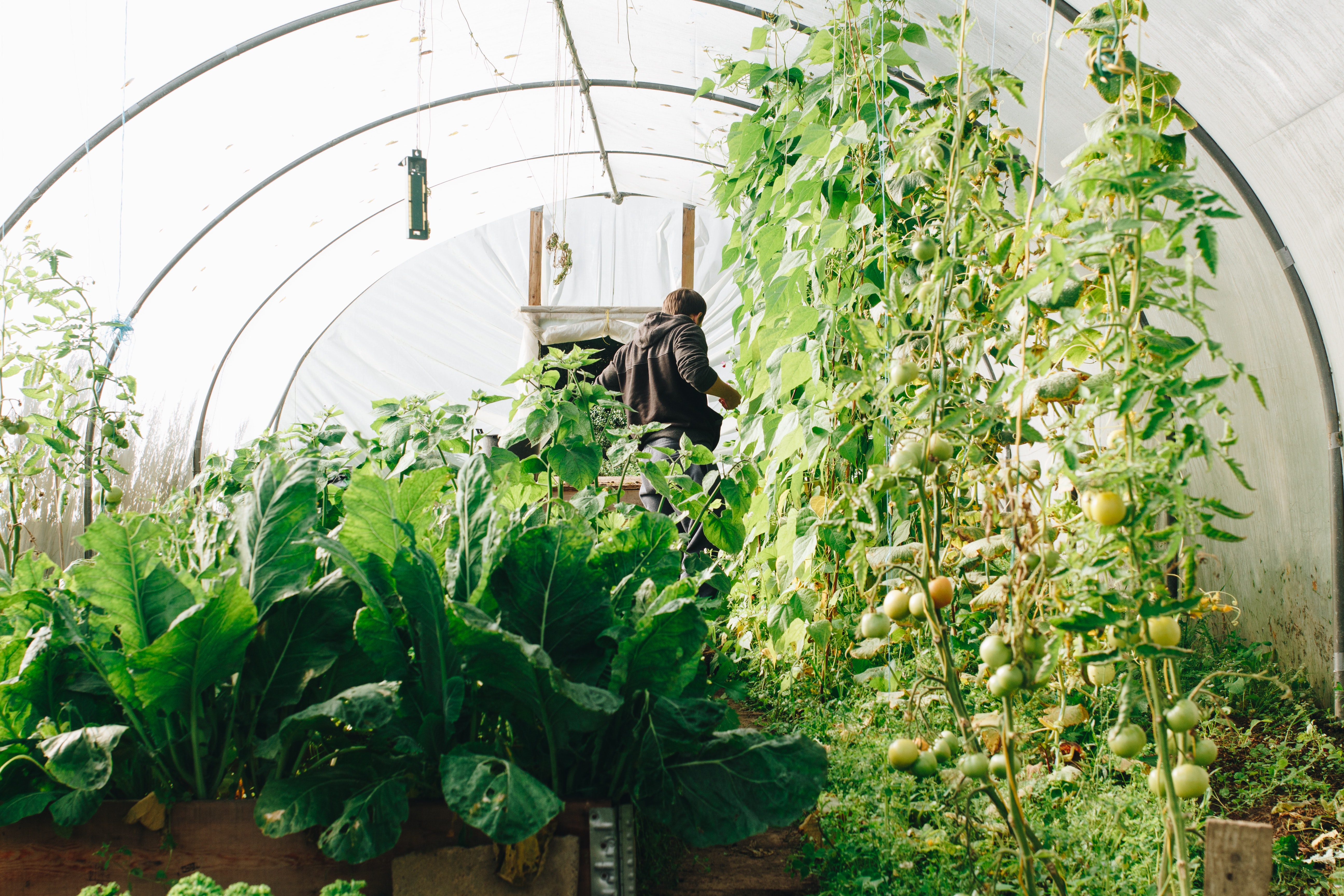
Rotating our crops in the greenhouse prevent soil-borne diseases
Chemical Pesticides
Chemical pesticides should be used as a last resort, as they can be harmful to the environment and kill beneficial insects. If chemical pesticides are needed, use products specifically labeled for use in greenhouses and follow the instructions carefully. Spot-treating rather than blanket application can help reduce the amount of chemical used.

A farmer spraying pesticides in a greenhouse
Examples
One successful example of biological control in greenhouses is the use of the parasitic wasp, Encarsia formosa, to control whiteflies. This tiny wasp lays its eggs inside whitefly nymphs, which eventually kills the nymphs. The wasps are sold commercially and released into greenhouses where whiteflies are a problem.

Encarsia formosa
Another example is the use of reflective mulch to control aphids in greenhouses. Aphids are attracted to the color yellow, so by using reflective mulch that reflects yellow light, the aphids become confused and are less likely to infest the plants.
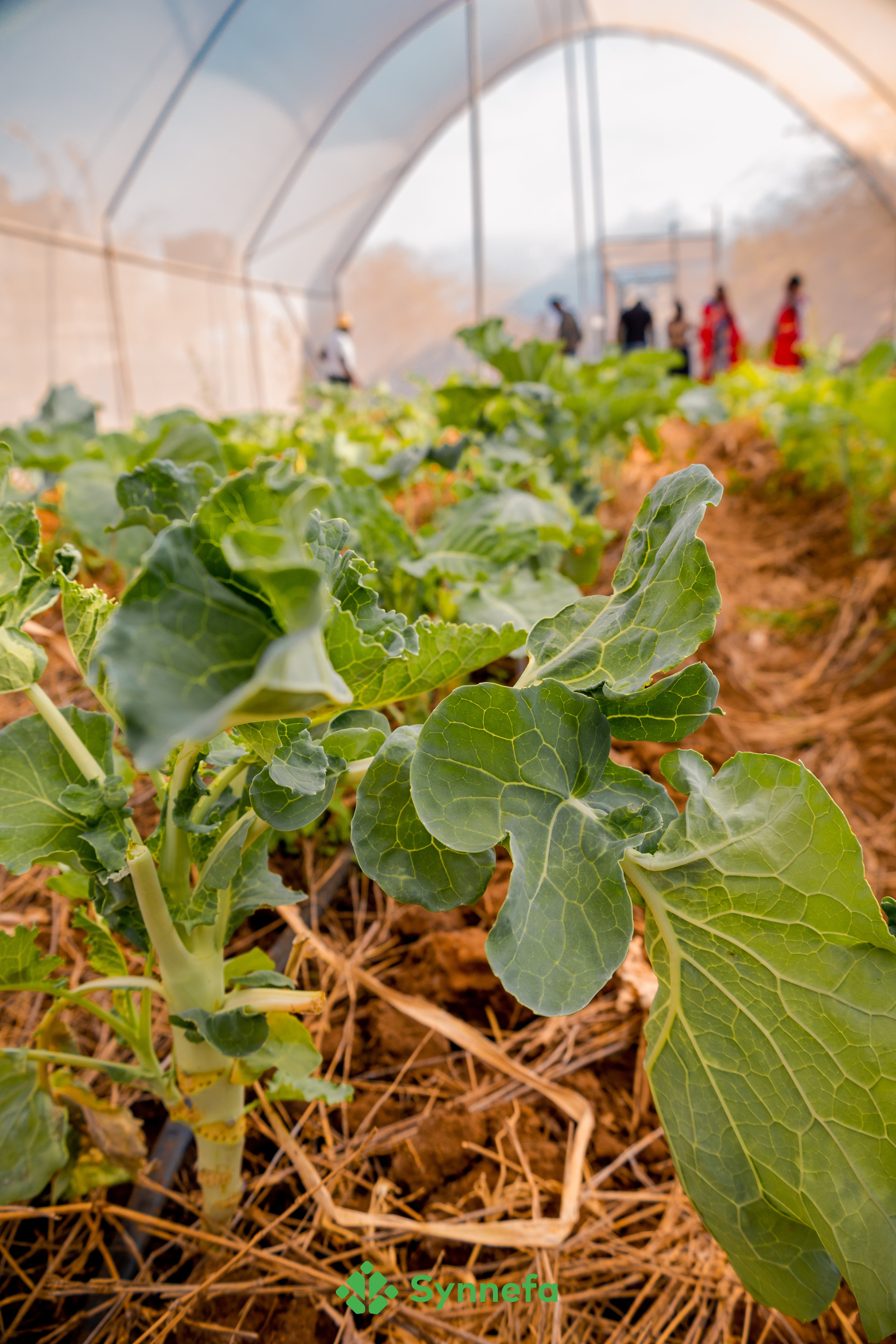
Mulching in a greenhouse
In conclusion, preventing and controlling pests and diseases in the greenhouse requires a multifaceted approach that includes prevention, biological controls, cultural practices, and chemical pesticides as a last resort. By implementing these strategies, greenhouse growers can maintain a healthy and productive crop while minimizing the use of harmful chemicals.


